Hello, fellow Chromies!
It was another challenging week here between two different travel days, sustaining a concussion (I’m all good now!) and having our central A/C fail with 99-degree “feels like” temps. So personally, I’m thrilled this week is over!
Given the craziness, I didn’t write as much as I normally do. However, this week’s newsletter has plenty of hardware news to help you make informed Chromebook purchase decisions. Enjoy!
Cheers,
kct
This week’s most-read post on About Chromebooks
Why the new Acer Chromebook Spin 714 will be my next purchase
Earlier in the year, I had high hopes for the HP Elite Dragonfly Chromebook. I still do but I think it just got knocked out of the running for my next Chromebook. That’s because the new Acer Chromebook Spin 714 announced today offers everything I need for much less money.
The starting price of $749 gets a 12th-gen Intel Core i5 and 256 GB of storage. I’ll probably pay a little more to boost the 8 GB of memory but it will still cost me much less than the HP. That device starts at $1,149 and has a Core i3 inside.
Note: Acer announced the convertible Spin 714 early on Wednesday and I had the information in advance. Unfortunately, I’ve been dealing with a mild concussion since yesterday so I’m just now getting around to sharing the news on this impressive Chromebook.
The base Acer Chromebook Spin 714 is still high-end
As I mentioned, the base model starts with a Core i5 but you can also opt for a Core i7 chipset. All of the processor options include the better Intel Irix Xe GPUs. That means there’s hope for Steam gaming if Google certifies these devices for it. Memory tops out at 16 GB, which is what my current daily driver has. Up to 512 GB of PCIe Gen 4 NVMe local storage will also be available.
Yup, this means the Acer Chromebook Spin 714 is what I’d consider a premium or high-end Chromebook. You won’t find a Celeron or Pentium inside one of these. And yet the cost is still more in line with expectations for this hardware, if not even above expectations.
Acer didn’t skimp on other features either to keep the price down. You get a 14-inch, 16:10 aspect ratio touch display with the base option being a 1920 x 1200 resolution panel. An upgrade to a higher resolution 2560 x 1600 touch panel will be offered. Both screens work with any USI stylus and like my old Chromebook Spin 13, the new 714 includes a garaged stylus. And both panels have a much smaller bottom bezel than any other Acer Chromebook I’ve seen.
Input and output look solid
The keyboard is backlit and the trackpad is made from Gorilla Glass. It looks like the trackpad isn’t quite as large as you’d find on the current Chromebook Spin 713 but that’s because there’s less chassis depth to fit the keyboard and trackpad. I can live with that.
Acer includes a Full HD MIPI webcam with temporal noise reduction technology and a dual array microphone system so video calls should be crisp and clear. Privacy is available via a slider that covers the webcam. The top-firing speakers should resolve the mediocre (at best) sound I get from my old 2018 Acer Chromebook. And all of the ports I’d want to see are here, plus they’re in “the right spot.”
A pair of USB Type-C ports are on-board, one on each side. There’s also a Type-A port, full-sized HDMI output, and combination microphone/headphone jack. And as an added bonus, or what you’d really expect in a high-end Chrome OS laptop these days, there’s a fingerprint sensor as well. LTE connectivity isn’t present but WiFi 6E and Bluetooth 5.2 are just fine with me.
That’ll do me!
Overall, the new Acer Chromebook Spin 714 has the expected performance guts to handle my daily Chromebook needs. I code daily on my Chromebook, not to mention the typical use of 15 – 20 browser tabs and the occasional Android app.
No, there’s no haptic trackpad like HP is offering in its new high-end Chromebook. And while I prefer a 3:2 aspect ratio on my displays, 16:10 is a reasonable compromise to make.
With that $749 starting price, there’s no question in my mind that the Acer is the better choice for me. It’s a better value, at least on paper, and will still do everything I need to do with a Chromebook. But I’ll have to wait a bit: Acer says we won’t see availability until August.
Lenovo ThinkPad C14 Chromebook has 12th-gen Intel and starts at $629
As of Tuesday, there’s another 12th-gen Intel Chrome OS laptop to consider. The new Lenovo ThinkPad C14 Chromebook uses the latest Intel CPUs, offers the iconic Lenovo keyboard, and starts at $629. Availability is expected in June, which is just around the corner.
Technically, the official news release calls this the Lenovo ThinkPad C14 Chromebook Enterprise. However, the Chrome Enterprise license fee is optional, so everyday Chromebook users might consider this device too.
And there are plenty of reasons to consider it as compared to other, recently announced Chromebooks powered by 12th-gen Intel processors.
A reasonable starting price for a well-designed Lenovo Chromebook
That starting price just north of $600 is the main one. Just keep in mind that the Lenovo ThinkPad C14 Chromebook is offered with the full range of Intel chips. So the base price is very likely going to get you a Pentium processor and minimal memory.
Like the HP Elite Dragonfly Chromebook, configuration up to an Intel Core i7 VPro chipset is available. Lenovo says up to 16 GB of memory and 256 GB of storage are possible with the ThinkPad C14 Chromebook. Keep in mind that the 128 GB storage uses eMMC while the higher capacity choice is a faster NVMe SSD drive.
Another reason to consider this laptop is if you’re a fan of the iconic ThinkPad typing experience.
Yup, you get the tried and true ThinkPad keys, layout, and the two-button mouse. Plus that famous pointing nub is there too. I personally prefer a more minimal input experience but I can’t deny how good ThinkPad keyboards typically are.
Solid screen options and a full HD webcam in the ThinkPad C14 Chromebook
I like how Lenovo is keeping the screen options simple with the ThinkPad C14 Chromebook. All of them are 14-inch, 1920 x 1280 resolution IPS panels. The only decision you have to make is if you want a touch screen or not. Given that this is a clamshell Chromebook, you might be able to save some coin and skip the touch display. Either way, the screen should be easy on the eyes.
Just remember that if you opt-out on the touchscreen, the display brightness is 250 nits. The touchscreen boosts that to 300 nits.
Every Lenovo ThinkPad C14 Chromebook includes a full HD webcam and a privacy shutter. I’m so over the low-resolution Chromebook cameras, and I know many of you are too. So it’s good to see this sensor come standard, particularly as we all engage with more online video chats. You can disable the webcam using the privacy shutter whenever you want that extra peace of mind for privacy.
Speaking of privacy reminds me of security. The Lenovo ThinkPad C14 Chromebook power button doubles as a fingerprint sensor if you choose that option. This lets you log in to your Chrome OS laptop securely in a split second. I wish Chromebook fingerprint sensors offered a little more functionality, but that’s on Google and developers, not Lenovo.
Plenty of ports and optional LTE connectivity
Although I’d rather see the pair of USB Type-C ports split between the left and right sides, you do get two of them. They’re both on the left, in case you’re wondering.
Flanking those are a USB Type-A and HDMI port. The right side includes another USB Type-A and a microSD card slot. Note that if you opt for a VPro Intel chip, those left-side USBs are Thunderbolt 4. If not, they’re USB 4.0. It sure looks like there’s a smartcard reader too, but that’s a likely enterprise option.
Connectivity is the now standard fare for new mid-to-high-end Chromebooks. There’s WiFi 6E and Bluetooth, of course. Lenovo also offers the option of CAT 9 LTE using a physical nanoSIM card. The SIM card tray is hidden in the back of the chassis, which weighs 3.44 pounds.
All in all, there’s quite a bit to like about the Lenovo ThinkPad C14 Chromebook. Obviously, the higher you configure it, the higher the price. And Lenovo hasn’t shared the costs of the different models and configurations. So much will depend on that if you think this is the Chromebook for you.
HP Elite Dragonfly Chromebook specs of $1,149 model appear, sans haptic trackpad (Updated)
Update: An HP representative reached out to me with some clarifications on the Elite Dragonfly Chromebook. First, there is no ”consumer” model, per se, meaning that all models will have a haptic trackpad, which is very good news. The higher-priced HP Elite Dragonfly Chromebook Enterprise includes a Chrome Enterprise Upgrade license, as I noted, and other enterprise-focused items such as a longer warranty. I mentioned that HP listed the Intel CPU for the base model as supporting Iris Xe graphics, which Intel’s website contradicts. I will update this post again if/when I hear back from HP on that. Additionally, my contact is verifying the shipment dates of this device. The original post (which some corrections) follows as I do not hide my inadvertent errors.
For the better part of a month, pricing and specs of HP’s newest enterprise Chromebook have appeared online. It wasn’t until last week that we learned the consumer version would be much cheaper at a $1,149 starting cost. A new product page for the HP Elite Dragonfly Chromebook consumer version verifies that price. And it provides the full HP Elite Dragonfly Chromebook specs of the $1,149 model. A few of them might surprise you.
HP Elite Dragonfly Chromebook consumer specs may differ from the enterprise
Before getting into the HP Elite Dragonfly specs, I want to note that the product page has been live for a few days. I waited to post the information because at least one item seems incorrect to me.
And another item – a key feature, in fact – isn’t mentioned at all. I figured any errors or omissions might be found and corrected by now. In the table, I’ll place an asterisk near some items that I question. After the table, I’ll explain why.
With that said, here are the full specs of the $1,149 HP Elite Dragonfly Chromebook, per the product page:
CPU: Six-core (eight-threads) Intel Core i3-1215U CPU (3.3 GHz E-cores / 4.4 GHz P-Cores)
GPU: Intel Irix Xe*
Display: 13.5″, WUXGA+ (1920 x 1280 resolution), IPS, BrightView, 400 nits, 72% NTSC
Memory: 8 GB LPDDR4-4266 MHz memory
Storage: 128 GB SSD M.2 PCIe NVMe
Connectivity: 802.11ax (2×2) WiFi 6, Bluetooth 5.2
Input: Backlit, textured keyboard, trackpad*
5 MP webcam*, dual-array microphone, fingerprint sensorPorts: 2 USB Type-C 4.0 / Thunderbolt ports, supporting power delivery, data, external monitor support, 1 USB Type-A SuperSpeed port, 1 HDMI, microSD card reader, headphone/microphone combo jack
Battery: 4-cell, 50 WHr capacity
Weight: 2.8 pounds
Software: Chrome OS automatic updates through June 2030
OK, that seems just like the enterprise version of this Chromebook. And it’s around $1,000 less than the MSRP of that model.
However, I want to address the three hardware features that I placed an asterisk on.
Are there Iris Xe graphics and a haptic trackpad?
The first is the GPU, which HP says uses the Iris Xe chipset. That sounds great on paper. However, on the Intel product page for that processor, the company notes Intel UHD graphics are supported at 1.1 GHz. Is it possible, that this is some customized Core i3-1215U chip inside the Elite Dragonfly Chromebook? Possible, yes. Likely, no.
It’s worth noting that Intel has two slightly different models of this chipset. Both of them indicate Intel UHD graphics, however.
The second item I marked up in the specs is the trackpad. If you recall when HP announced this device, it claimed it was the world’s first Chromebook with a haptic trackpad. And it is. But there’s no mention of the trackpad (haptic or otherwise) on the official product page.
Obviously, it has a trackpad. Does it have a haptic trackpad at this price? As of now, it appears the answer is no. That would be a disappointment if true. Yes, all configurations of this device have the haptic trackpad, per HP communications after this post was published.
Although not mentioned in the spec sheet, a 5 MP webcam is noted on the product page. I don’t see HP’s privacy shutter specified anywhere on the page though. I’m hoping that’s an oversight as I really like that solution on the HP Chromebase 21.5 I recently reviewed.
There’s time before you can order
Since the product page currently shows the HP Elite Dragonfly Chromebook consumer model as “out of stock”, there’s still time for the specifications to change.
And, even if they don’t, some or all of the features in question could be made available as upgrades. We don’t yet know the cost of those or of the different CPU configurations either. However, HP last week said to expect availability in June, which is a few short weeks away.
Ultimately, I’d like to think that the HP product page is simply missing some information. That’s my optimistic side talking. On the other hand, the pessimist, or realist, inside me says that HP had to keep costs down to hit a target price. And if that’s the case, it would explain why some enterprise model features don’t make it into the consumer version.
Updated at noon ET, May 13 with information from HP.
That’s it for this week!
And I am so happy to start a new one. That’s literally all I can say. 🤣
Until next time,
Keep on Chromebookin’!



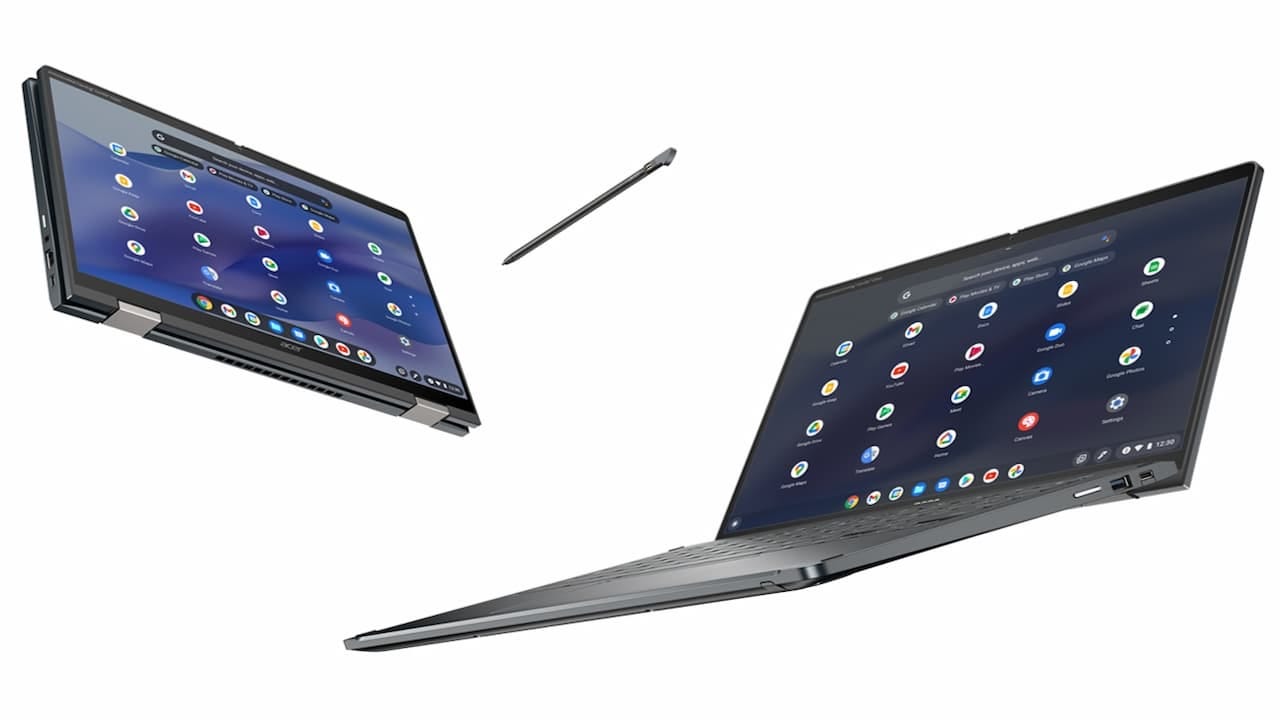

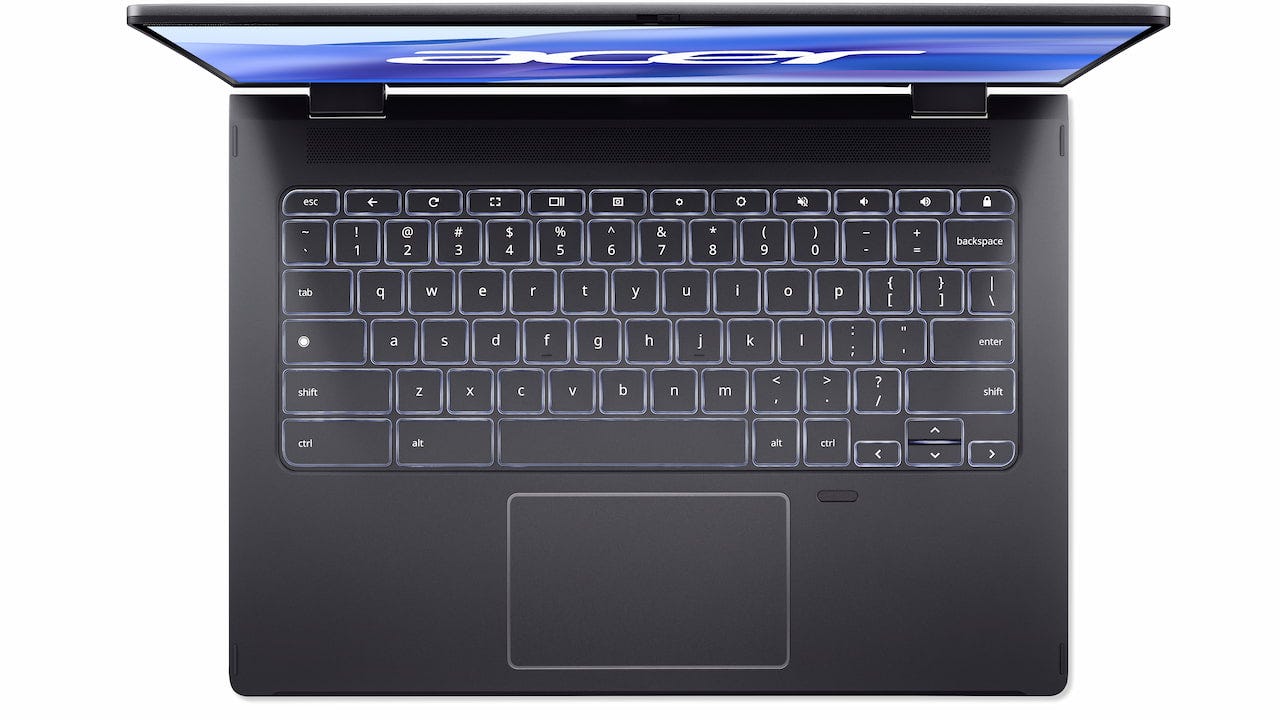
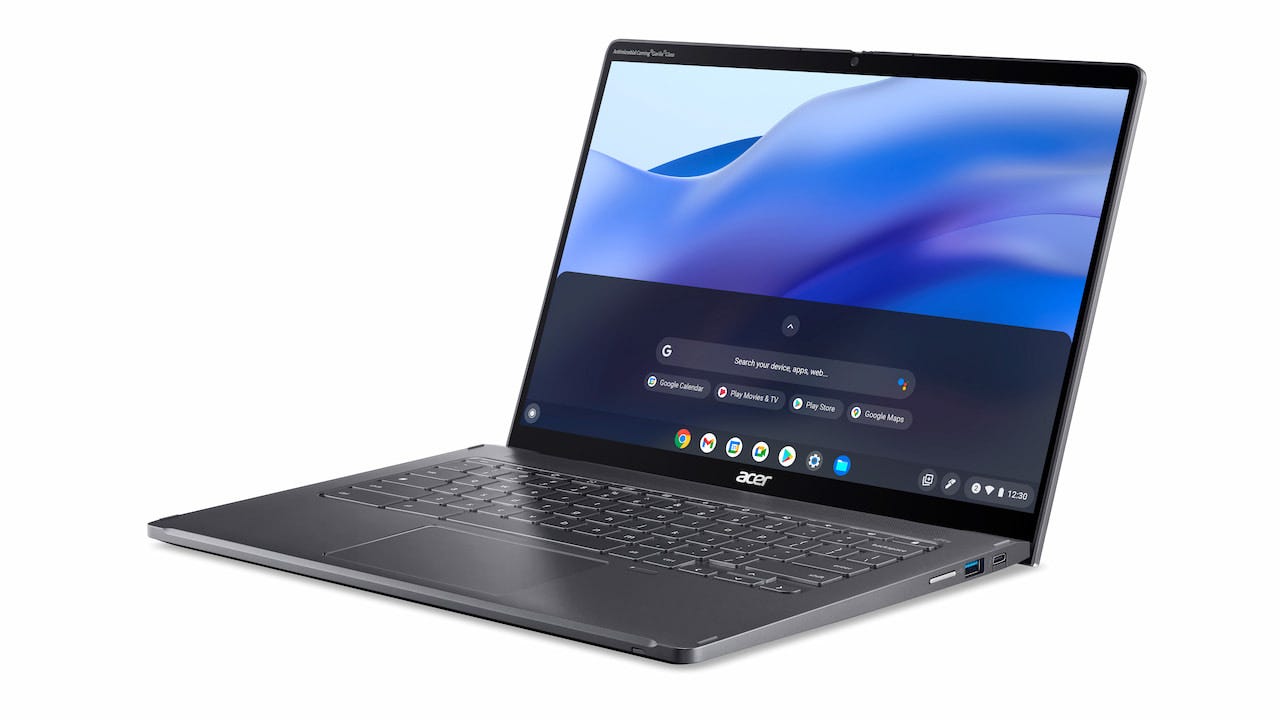


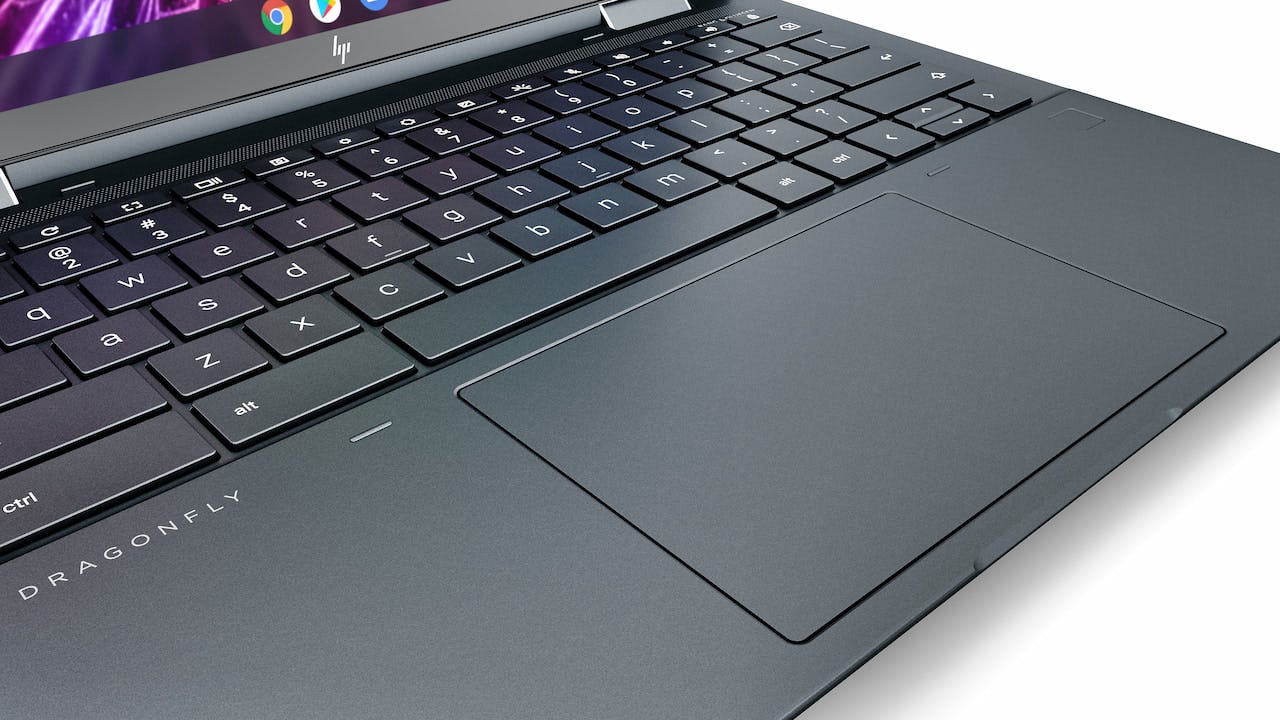
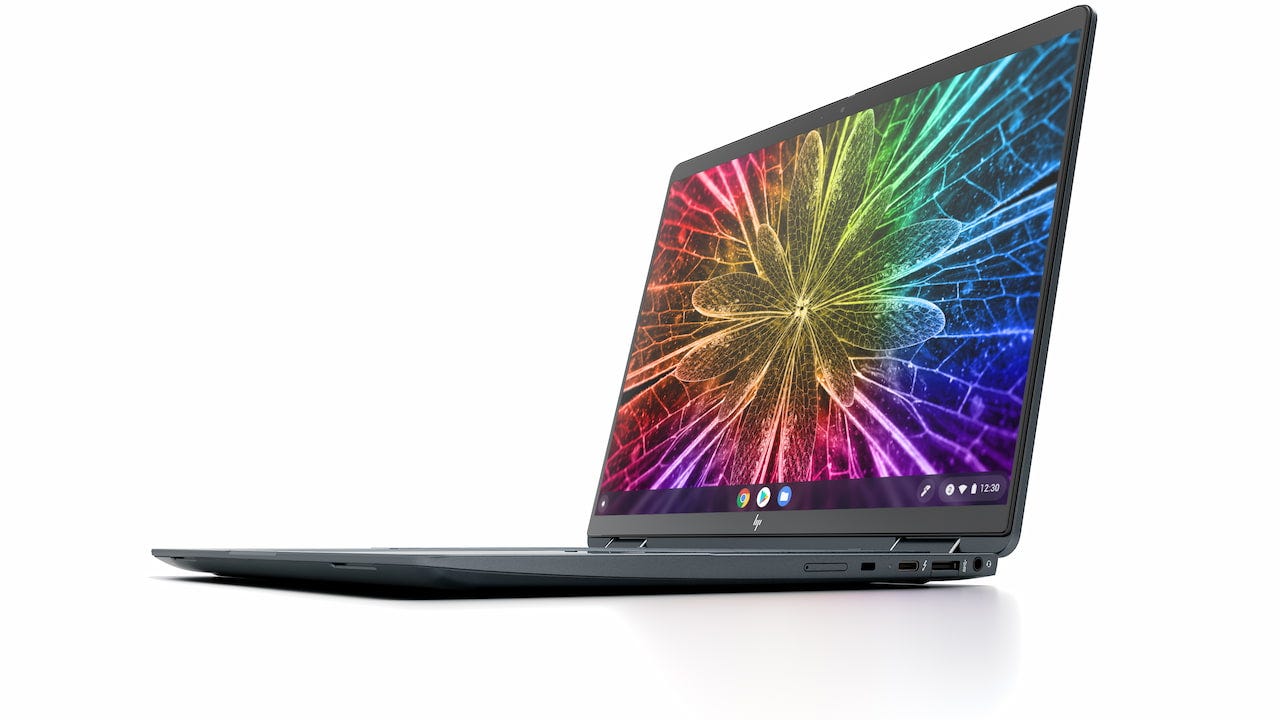
Congrats on the new bike! Given that, waiting a week for the Duet 3 review is a small price to pay... 🙂🙂
Hey Kevin! I’m glad you are feeling better. I have a quick question..I’m interested in checking out the Parallels for Chrome OS to run Windows, but it looks like its limited to Enterprise customers. Do you expect that to change?